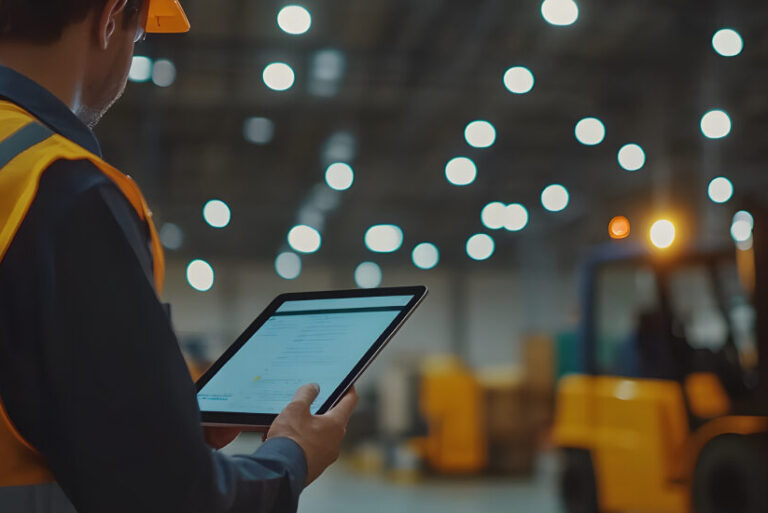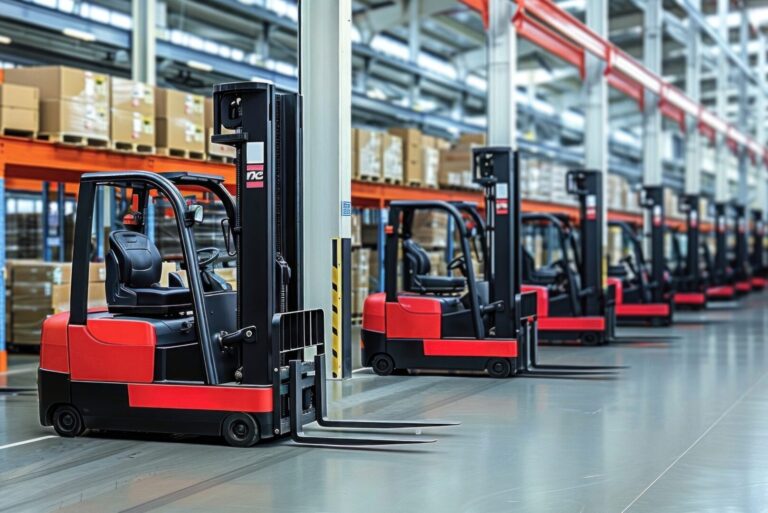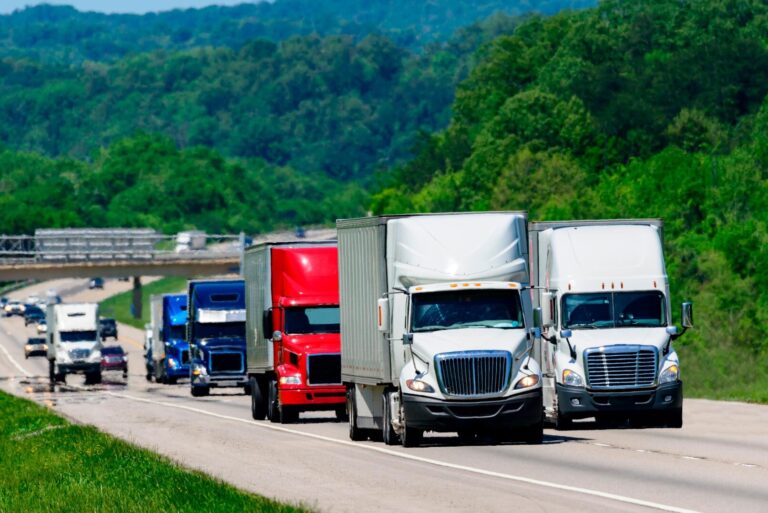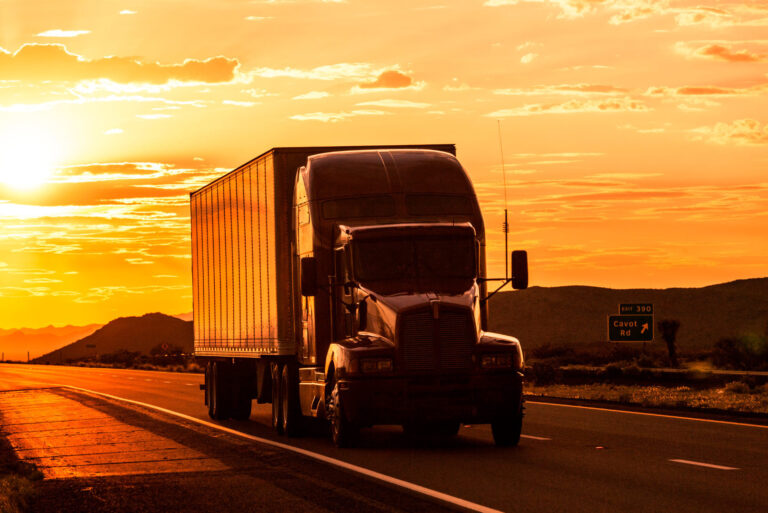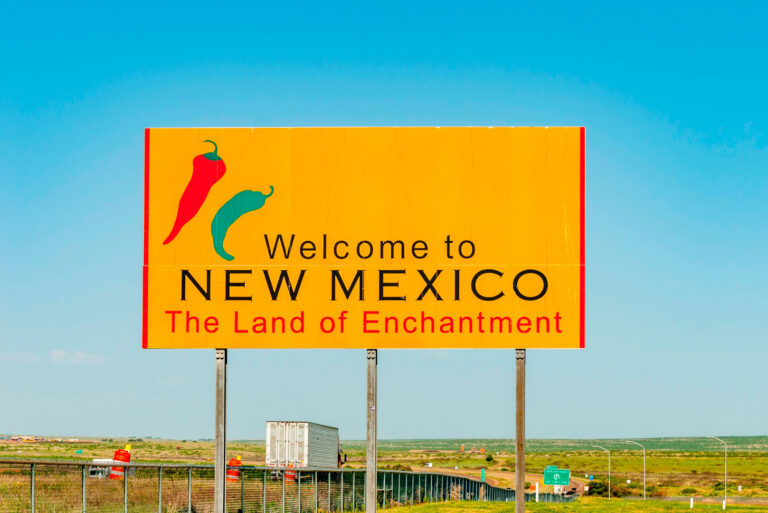California Hits 50% Clean Fuels
January 3, 2024
California reached a major milestone in 2023 with the announcement that clean fuels replaced over 50% of diesel used in the state. The California Air Resources Board (CARB) attributes this accomplishment to the Low Carbon Fuel Standard (LCFS) and other electric vehicle (EV) incentives that have pushed the adoption of low-carbon and alternate fuels over the last decade.
This article explains how California reached 50% clean fuels and how electric vehicle initiatives are pushing out carbon-based fuels.
California’s Electric Vehicle Incentives
Since 2011, California has incentivized the adoption of alternative and low-carbon fuels in its commercial and industrial sectors, with widespread success. These incentives have come in the forms of financial incentives, mandated transitions, and financial aid for purchasing electric vehicles.
The Low Carbon Fuel Standard
One of California’s most prominent EV incentives is the LCFS. This program offers cash rebates to fleet owners who transition their vehicles to electric and other low-carbon fuels ahead of mandated schedules. By reducing carbon emissions through EVs, fleet owners can earn LCFS credits that can be sold to fuel producers for additional revenue.
Learn more about the Low Carbon Fuel Standard: Unlocking the Potential of Low Carbon Fuel Standard Credits in California: How the LCFS Works
The Advanced Clean Fleets Regulation
In recent years, California has taken firmer strides towards reducing carbon emissions from transportation, which has been a significant contributor to its 50% clean fuels achievement. The Advanced Clean Fleets regulation and the Advanced Clean Trucks regulation played significant roles in these efforts by mandating that all commercial fleets begin phasing in electric vehicles. These programs aim to reach 100% net-zero emissions in the transportation sector by 2045. Fuel producers have kept up with this transition by installing EV charging stations across the state, which will help EV fleet owners with long-distance travel.
Learn more about the Advanced Clean Fleets Regulation and how you can meet compliance standards: California’s Zero-Emissions Trucks Mandate: Opportunities and Challenges for Fleets
Warehouse Actions and Investments to Reduce Emissions
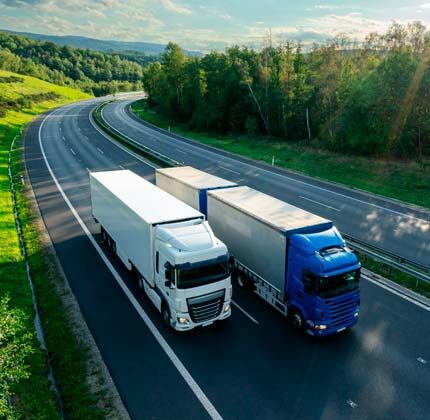
Learn more about the WAIRE Program and how you can offset the costs of compliance: How Businesses Can Minimize Costs From California’s WAIRE Program
Keeping Up With Compliance
CARB has introduced a number of regulations and incentives in recent years to meet its goal of 50% clean energy. While vital to reducing air pollution across the state, these regulations can pose major obstacles for fleet owners; however, they can also create opportunities for additional revenue and improved operations. Additionally, California offers a variety of funding opportunities that help ease the transition and reduce the overhead costs of electric vehicles.
The LCFS specifically aims to ease the transition to electric with ongoing financial incentives for EV fleet owners. Smart Rebates™ can make this process even easier by assisting fleet owners with the LCFS and maximizing their credit potential with the program.
Learn how Smart Rebates can help you optimize your LCFS earnings: California LCFS Program
Related Posts


